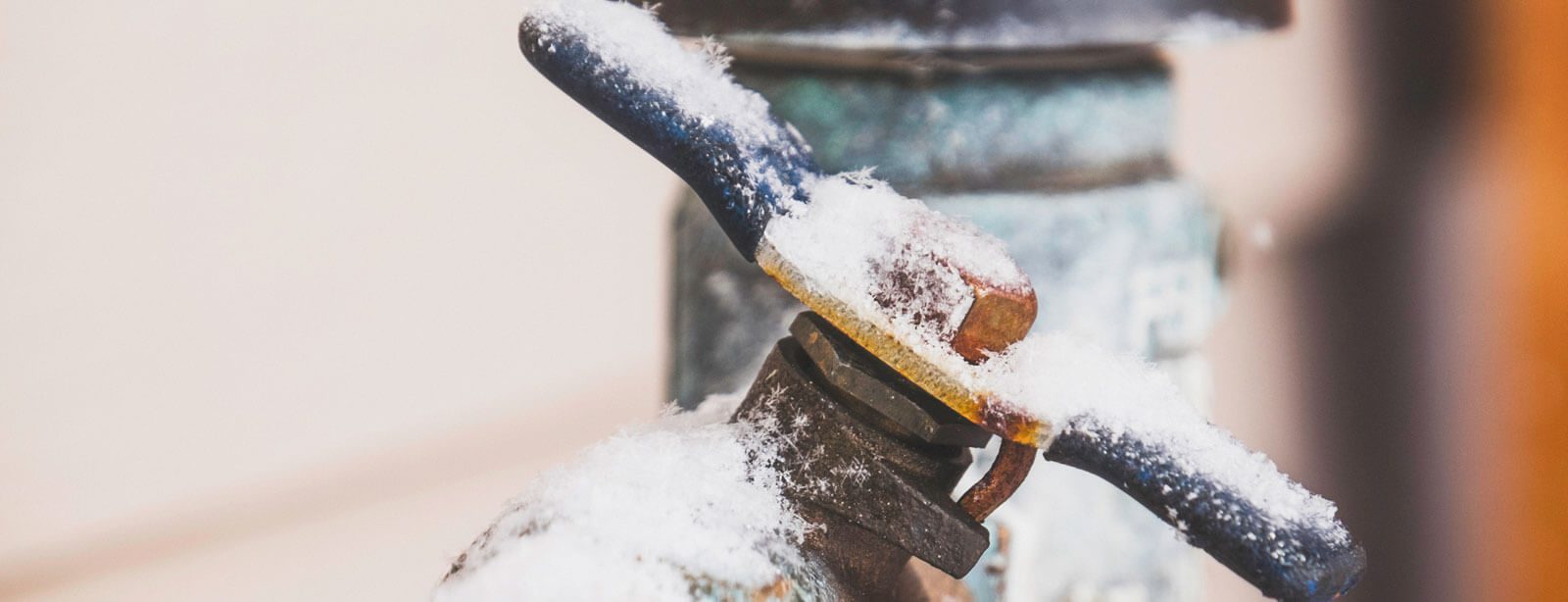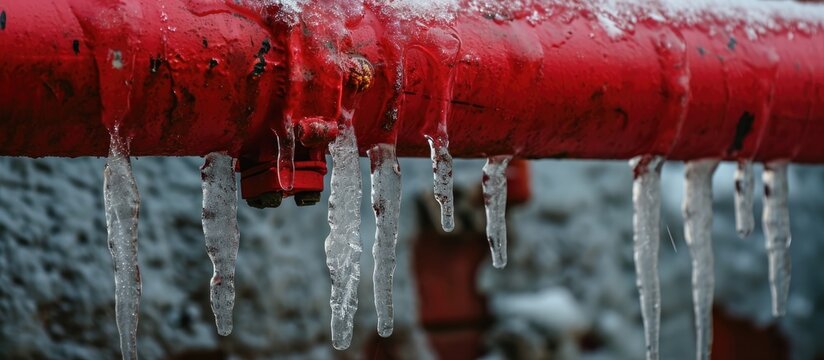Tips to Protect Pipes from Freezing Damage: Crucial Advice
Tips to Protect Pipes from Freezing Damage: Crucial Advice
Blog Article
Just about every person maintains their own assumption about Prevent Frozen Pipes .

Winter can damage your plumbing, specifically by freezing pipelines. Here's just how to avoid it from occurring and what to do if it does.
Introduction
As temperatures decrease, the threat of icy pipelines boosts, potentially causing expensive fixings and water damage. Comprehending exactly how to prevent icy pipes is critical for house owners in cool environments.
Avoidance Tips
Insulating at risk pipes
Wrap pipelines in insulation sleeves or make use of warmth tape to protect them from freezing temperature levels. Concentrate on pipes in unheated or external locations of the home.
Heating methods
Maintain indoor spaces appropriately heated up, especially areas with pipes. Open cupboard doors to permit warm air to flow around pipes under sinks.
How to determine icy pipes
Try to find reduced water circulation from faucets, uncommon odors or sounds from pipelines, and noticeable frost on subjected pipelines.
Long-Term Solutions
Structural adjustments
Take into consideration rerouting pipes away from exterior walls or unheated areas. Include extra insulation to attics, basements, and crawl spaces.
Upgrading insulation
Purchase high-grade insulation for pipes, attic rooms, and wall surfaces. Correct insulation assists preserve consistent temperatures and reduces the threat of frozen pipelines.
Protecting Exterior Pipes
Garden tubes and exterior faucets
Detach and drain garden hoses prior to wintertime. Install frost-proof faucets or cover exterior taps with protected caps.
Comprehending Frozen Pipelines
What triggers pipelines to freeze?
Pipes ice up when exposed to temperatures below 32 ° F (0 ° C) for prolonged durations. As water inside the pipes freezes, it increases, putting pressure on the pipeline wall surfaces and possibly causing them to burst.
Dangers and damages
Frozen pipes can lead to water system disturbances, residential or commercial property damage, and pricey repair work. Burst pipes can flood homes and create comprehensive architectural damages.
Signs of Frozen Pipes
Identifying icy pipelines early can prevent them from rupturing.
What to Do If Your Pipelines Freeze
Immediate actions to take
If you believe frozen pipes, keep faucets available to ease stress as the ice thaws. Make use of a hairdryer or towels taken in warm water to thaw pipes slowly.
Conclusion
Avoiding icy pipes needs aggressive actions and quick responses. By recognizing the causes, signs, and safety nets, home owners can protect their plumbing during cold weather.
5 Ways to Prevent Frozen Pipes
Drain Outdoor Faucets and Disconnect Hoses
First, close the shut-off valve that controls the flow of water in the pipe to your outdoor faucet. Then, head outside to disconnect and drain your hose and open the outdoor faucet to allow the water to completely drain out of the line. Turn off the faucet when done. Finally, head back to the shut-off valve and drain the remaining water inside the pipe into a bucket or container. Additionally, if you have a home irrigation system, you should consider hiring an expert to clear the system of water each year.
Insulate Pipes
One of the best and most cost-effective methods for preventing frozen water pipes is to wrap your pipes with insulation. This is especially important for areas in your home that aren’t exposed to heat, such as an attic. We suggest using foam sleeves, which can typically be found at your local hardware store.
Keep Heat Running at 65
Your pipes are located inside your walls, and the temperature there is much colder than the rest of the house. To prevent your pipes from freezing, The Insurance Information Institute suggests that you keep your home heated to at least 65 degrees, even when traveling. You may want to invest in smart devices that can keep an eye on the temperature in your home while you’re away.
Leave Water Dripping
Moving water — even a small trickle — can prevent ice from forming inside your pipes. When freezing temps are imminent, start a drip of water from all faucets that serve exposed pipes. Leaving a few faucets running will also help relieve pressure inside the pipes and help prevent a rupture if the water inside freezes.
Open Cupboard Doors
Warm your kitchen and bathroom pipes by opening cupboards and vanities. You should also leave your interior doors ajar to help warm air circulate evenly throughout your home.

I came across that write up about How To Avoid Freezing Pipes while exploring the web. Appreciated our piece of writing? Please quickly share it. Let someone else find it. Thank you so much for your time invested reading it.
Schedule Today! Report this page